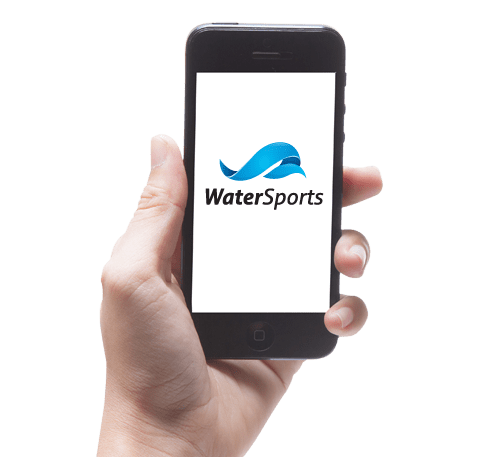Let's Talk!
The travel industry has experienced a water sports boom during the recent years, as affordable live-action camera equipment came to market and caught the attention of the masses. Stand-up paddle boarding has transformed into a highly sought after pastime, a trend that inspired an influx of rental services. Venturists are setting up shop, bay side, lakeside, and every coastline in between to capitalize from this new consumer demand.
Our client rents a diverse set of watercrafts, boats, paddleboards, kayaks, lifejackets, and all necessary equipment. To eliminate the need for constant staffing, the client was hoping to engineer a self-service point of sale system, allowing the equipment to go unattended.


From the platform, renters would be able to book the kind of equipment and number of vessels needed directly from the kiosk interface. To do this, Chetu needed to design a system that would integrate seamlessly with hardware. For example, the application would need to maintain a dialogue with the system of micro sensors managing the lock mechanism on the equipment.
When the payment is processed, the lock would unlock to release the equipment to the renter, supporting the self-functioning aspect the client was seeking. During the project planning process, Chetu determined the kiosk application would be engineered to interact with a Web API application, which our engineers would use to interact with a SQL azure database.
Listed below are the technologies and tools implemented during the programming process:
In leveraging these tools, Chetu engineered an incredibly intelligent IoT kiosk application with all the necessary integrations. Renters are able to access the equipment immediately following the payment process, and return the equipment using the RFID reader of the kiosk to open and close the locks.
Considering internet connectivity is in and out at times, Chetu designed the app to work offline. In the offline setting, equipment can still be returned, but additional bookings can only be made when the system is online. All information regarding equipment returned during the offline period syncs to the system when connectivity is restored.
In terms of the microprocessors, the finalized deliverable interacts with the microcontroller for the locking and unlocking mechanisms using USB serial port communication via RS-485/USB connection; the connection does not require encryption of incoming and outgoing data.
The kiosk application has a "lock down" function, locking certain features of the app including the ability to close or minimize the app window, access the operating system, or navigate outside of the basic rental procedures. This is paramount due to the fact that the kiosk will be largely unattended. For the same reason, Chetu set rental hour limitations, disallowing rentals the hour prior to sunset and sunrise.
The client is able to access the system remotely, administering notification based on events and running reports and updates. All in all, Chetu engineered a completely self-sufficient kiosk app with IoT connectivity.

Contact us to learn more about Chetu and our kiosk app development services
Privacy Policy | Legal Policy | Careers | Sitemap | Referral | Contact Us
Copyright © 2000-2024 Chetu Inc. All Rights Reserved.
